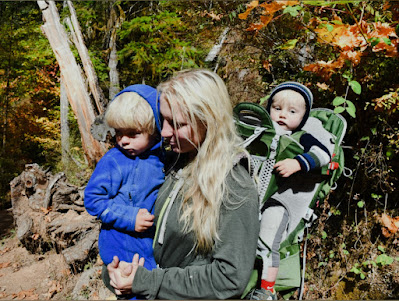Embracing Place-Based Learning: Where Education Meets the World
In a world where information is increasingly accessible at our fingertips, traditional classroom-based learning is evolving. Place-based learning is an innovative educational approach that seeks to bridge the gap between theoretical knowledge and real-world experiences.
One of the primary strengths of place-based learning lies in its ability to move beyond the traditional confines of a classroom. Instead of just memorizing facts and concepts, students are encouraged to venture outdoors, conduct experiments, making observations, and experience topics they have read about and learned about. This hands-on, experiential learning cultivates critical thinking, problem-solving skills, and a deep appreciation for the world around them.
My sons and I recently did a unit on frogs. We learned about their adaptations, life cycles, native vs. invasive species, and their importance to the ecosystem. We chose Frog Lake as one of our outdoor classrooms.
Frog Lake in the Mount Hood Wilderness provided the perfect classroom to study the life cycle of a frog. We visited the lake several times and tracked the changes we saw at each visit in our Frog Observation section of the Wild and Barefoot Frog Unit Study. Upon closer examination, the amphibians we observed at Frog Lake were, indeed, Western Toads!
Our visits to Frog Lake also allowed us to witness the range of fascinating adaptations frogs developed to survive and thrive in diverse environments. With place-based learning, students can investigate physical traits, such as specialized feet for swimming or climbing, camouflaging skin patterns, and specialized tongues for catching prey. We compared the body structure of the Western Toads at Frog Lake to the Pacific Tree Frogs and Bullfrogs we found in other locations. By understanding these adaptations, students develop a deeper appreciation for the remarkable ways in which frogs have adapted to their specific habitats.
Frogs play a vital role in maintaining the delicate balance of ecosystems. Place-based learning offers an opportunity for students to understand and appreciate the ecological significance of frogs. They can study how frogs serve as indicators of environmental health and how their presence or absence can reflect the state of local ecosystems. Students can also explore the role of frogs as predators of insects and other pests, contributing to natural pest control and promoting biodiversity.
There is a big difference between learning about frogs in a classroom and observing frogs in their natural habitats. As we continue to redefine education for the future, let us embrace place-based learning as a powerful tool to shape compassionate, knowledgeable, and engaged citizens of the world.
We created Wild and Barefoot Adventures to link learning topics (such as frogs, wildflowers, tide pools, and more) to outdoor classrooms where students can experience what they learn. Our hope is that this website is a great learning resource for your entire family!
"Children learn best through their experiences, especially when they are given the freedom to explore and discover in the natural world." - David Sobel



Comments
Post a Comment